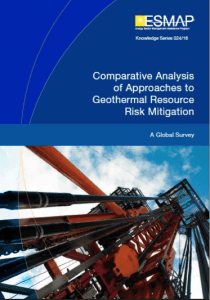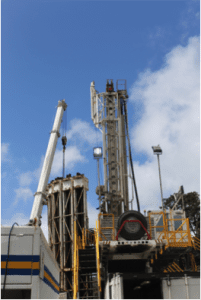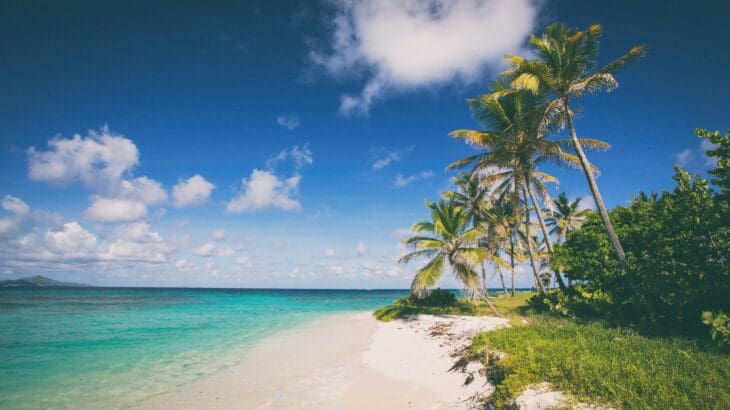Who wants a piece of the risk? A recent report from The World Bank underscores that, as LAC forges ahead with an ambitious geothermal agenda, there are lessons to be learned from analyzing global approaches to sharing resource risk.
There are increasing signs of a resurgence in geothermal markets across Latin America and the Caribbean. Mexico and its Central American neighbors are looking to expand beyond their already region-leading geothermal output. Many Caribbean islands see the technology as a way to lower and stabilize some of the very high electricity prices they face. Meanwhile in the South, there are indications of tremendous geothermal potential, and efforts are being made to translate that potential into projects.
One challenge which confronts all such efforts is the resource risk associated with green field geothermal development. Mobilizing funds to cover the high risk of early-stage exploration drilling is a particular challenge, especially for private developers. Global experience can offer some solutions.
In some instances, resource risks have been shouldered by capable public utilities which have taken on the development challenge. Comision de Federal de Electrididad (CFE) in Mexico and Instituto Costarricense de Electricidad (ICE) in Costa Rica are two good examples of this trend. This approach may be less appropriate, however, in countries where the market is driven more by the private sector. In these scenarios, an approach to sharing risks between the public and private sectors may be a better option.
Sharing risk is on the table in Nicaragua where, as Marc Murnaghan, the CEO of Polaris Infrastructure explains, “We are looking at public-private partnership (PPP) arrangements where the exploration risks can be shared between ourselves and the public sector”. In this model a relatively modest amount of public support can reduce exposure for developers when the risks are highest. Similar approaches have been applied in several countries including the US and Japan, and are also being considered in markets such as Saint Lucia and St. Vincent and Grenadines.
A variation of risk sharing was applied in Dominica to adapt to the smaller and nascent state of the industry. “We recognized the need to provide confidence to the market by undertaking the exploration ourselves,” said Ambassador Vince Henderson, who chairs the Dominica Geothermal Deal Team. “While it was challenging, it is consistent with global experience, and we managed to prove a considerable geothermal resource”. The outcome has opened up a number of options for moving forward, similar to the experience in countries which have scaled up suchas Turkey, Kenya, and Guatemala.
The World Bank also shares the view that there is much to be learned from global experience for expanding geothermal in general, and resource risk mitigation in particular. As the LAC region contemplates how best to deal with resource risk, the Bank has launched a report which evaluates various approaches applied internationally. The aim is to provide stakeholders in Latin America and the Caribbean with access to global experience and to critical insights into fine-tuning a risk mitigation approach which works.
“The report includes a framework that enables our client countries to customize a way to mitigate geothermal resource risks that matches their goals and circumstances,” said Migara Jayawardena, a Senior Energy Specialist at the World Bank and one of the authors of the report. “We are pleased that so many of our LAC client countries have found the global experience useful in informing and shaping their geothermal expansion programs,” he concluded.
GEOLAC, the annual geothermal stakeholder event for the LAC region which is hosted by The World Bank and New Energy Events, served as a regional conduit for the information in the report. GEOLAC will be returning in February 2017. Information on dates and venue will follow shortly.




